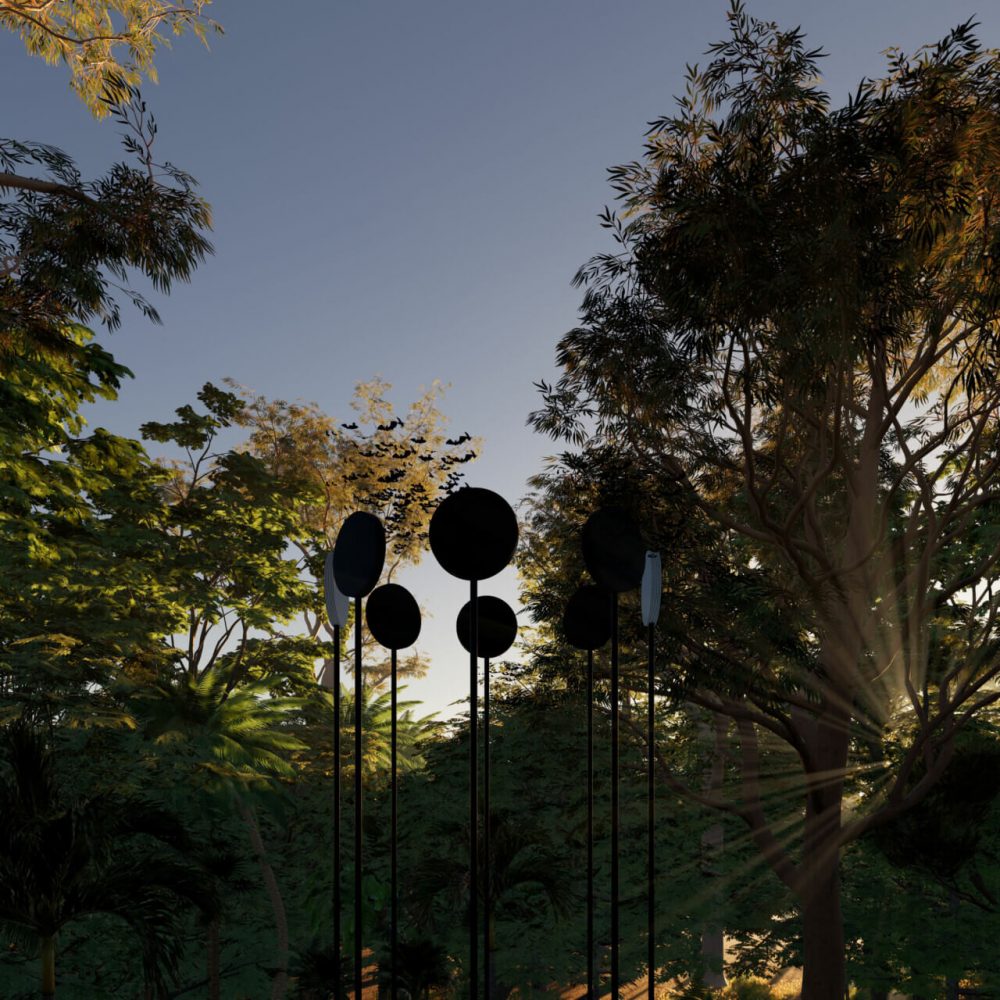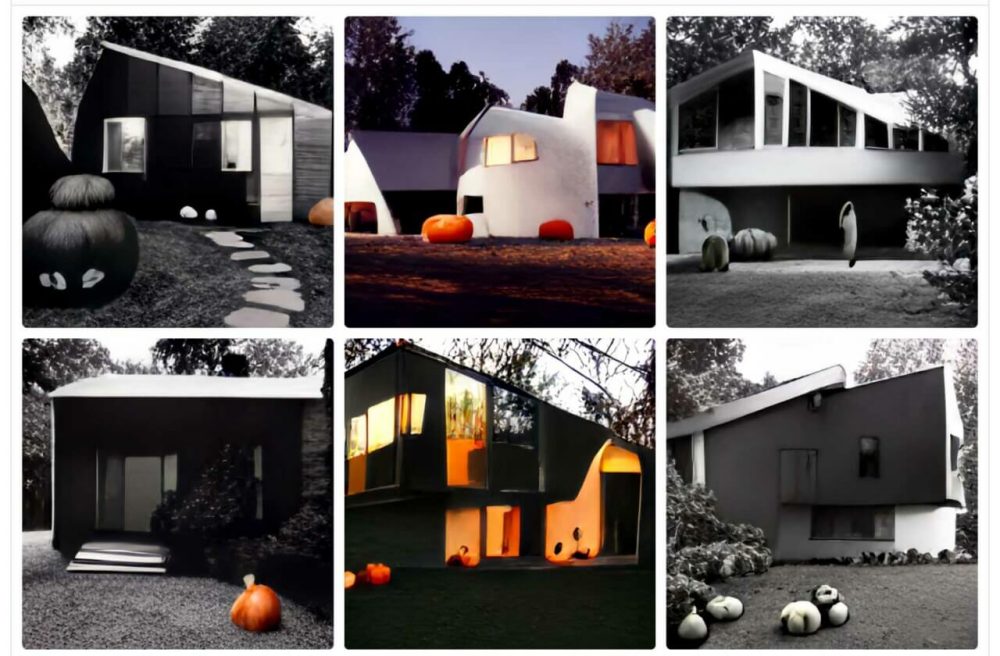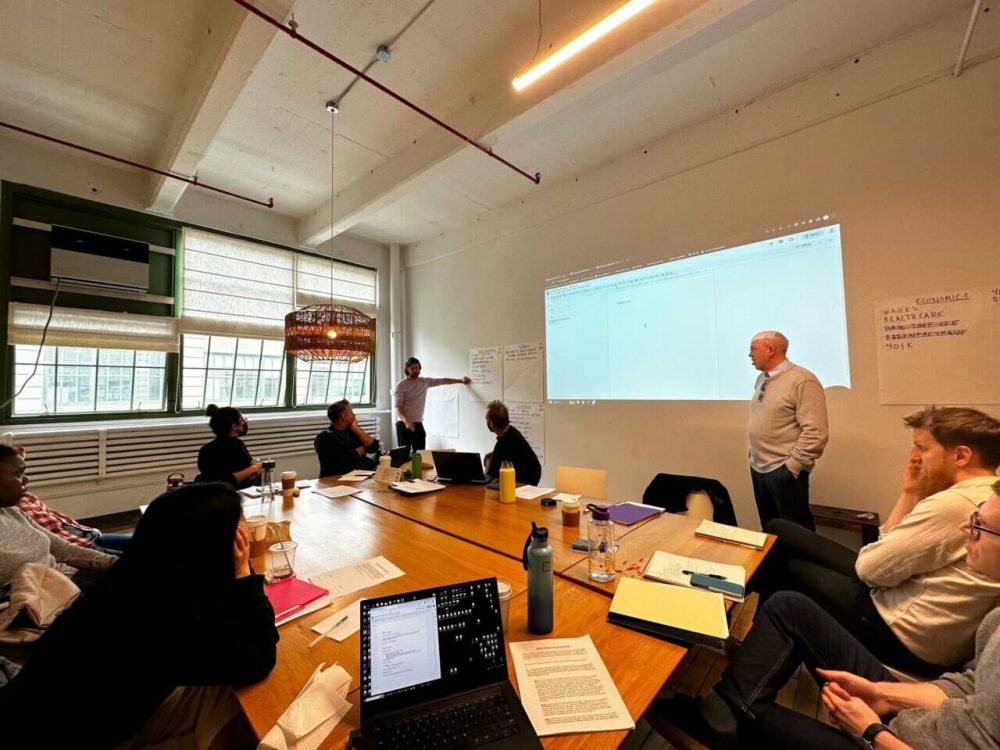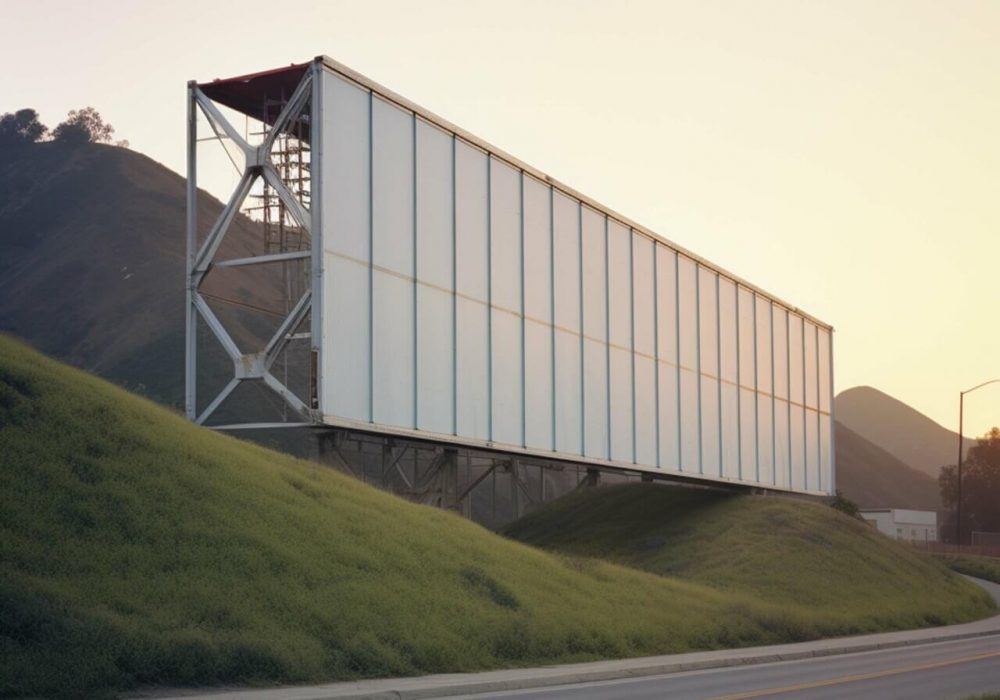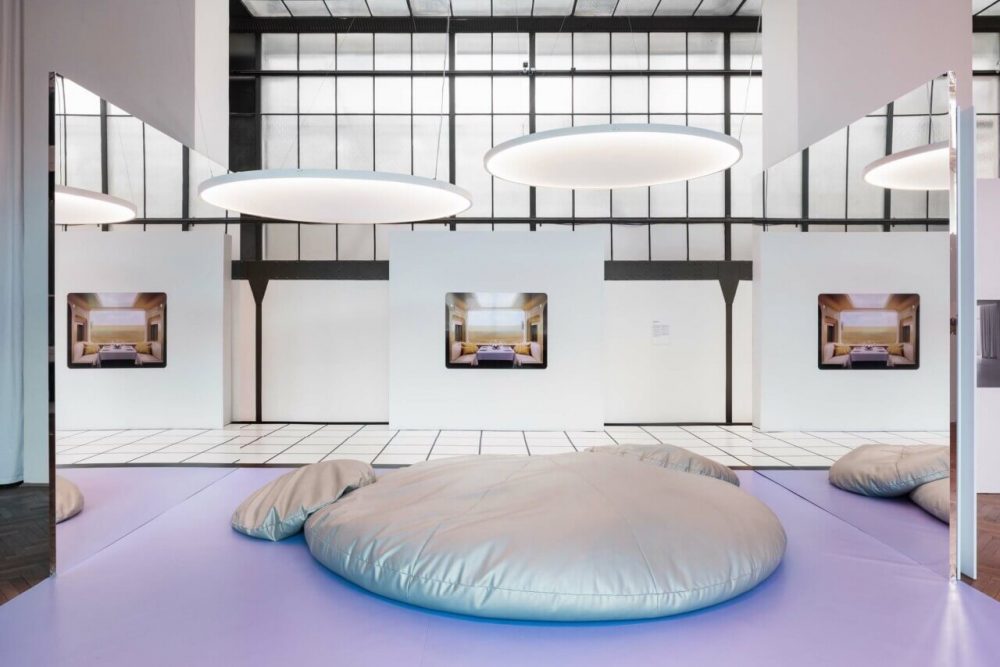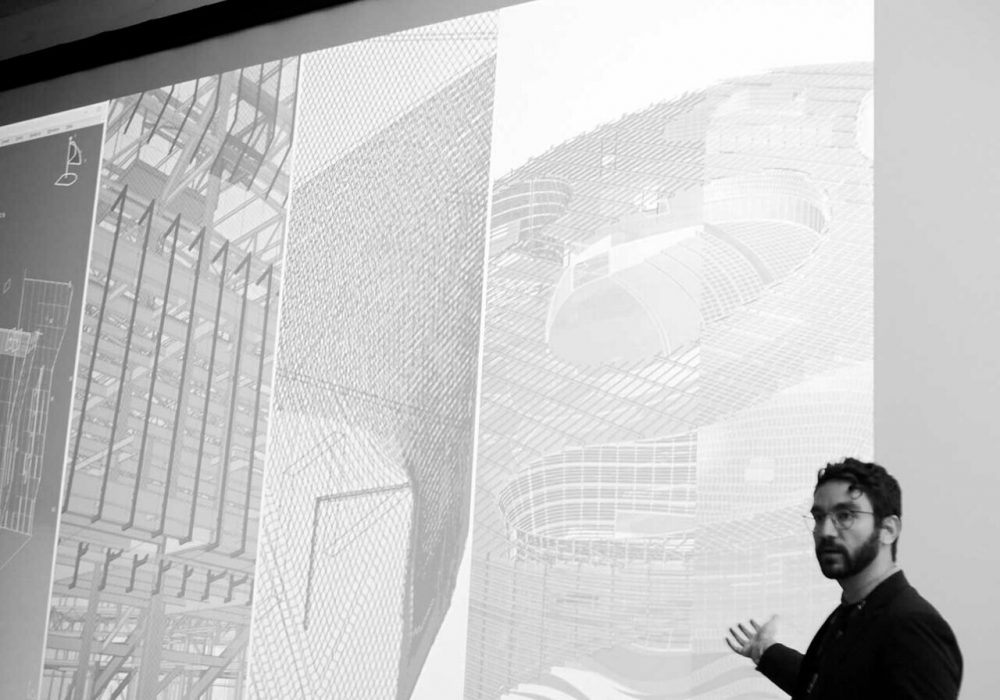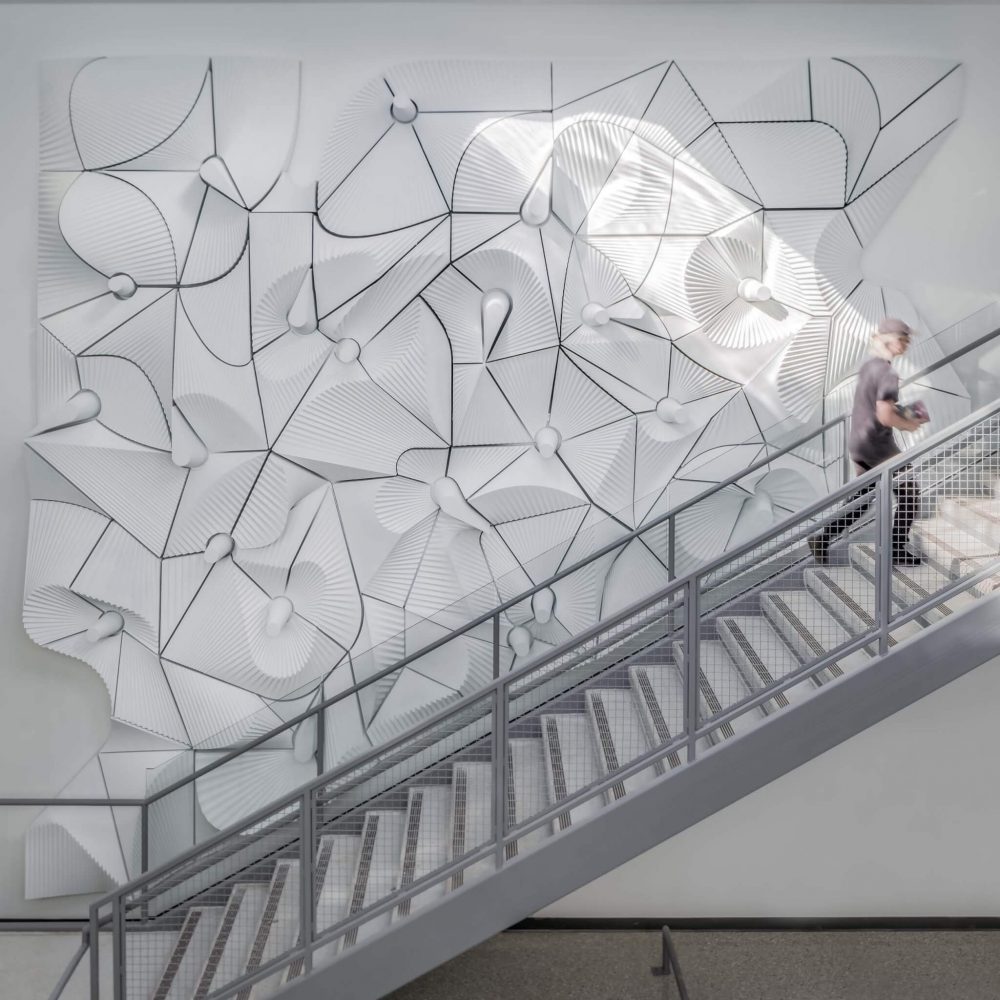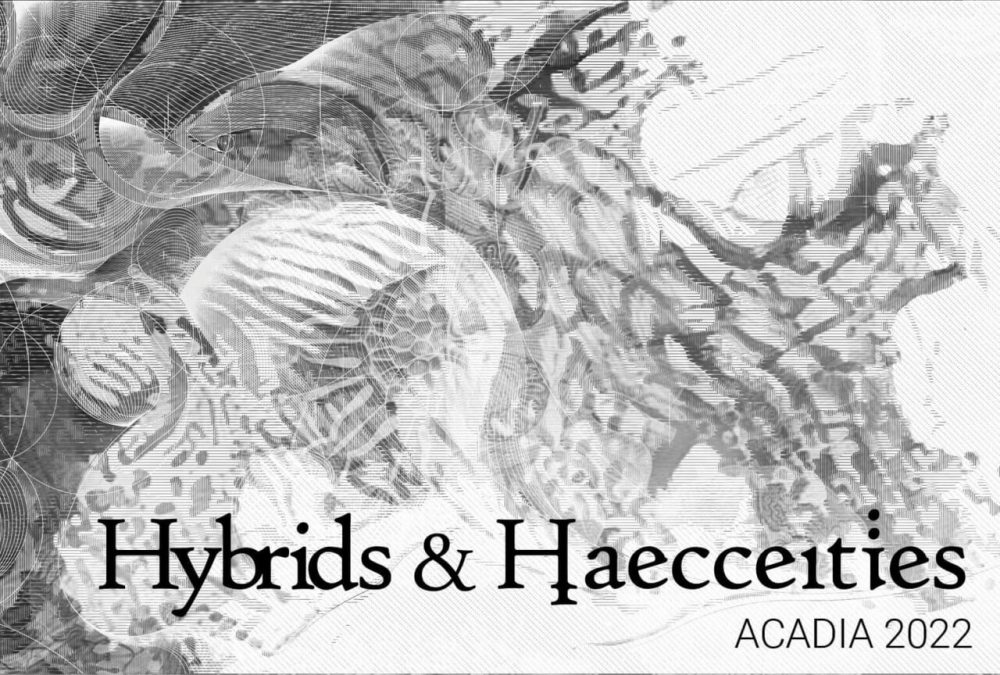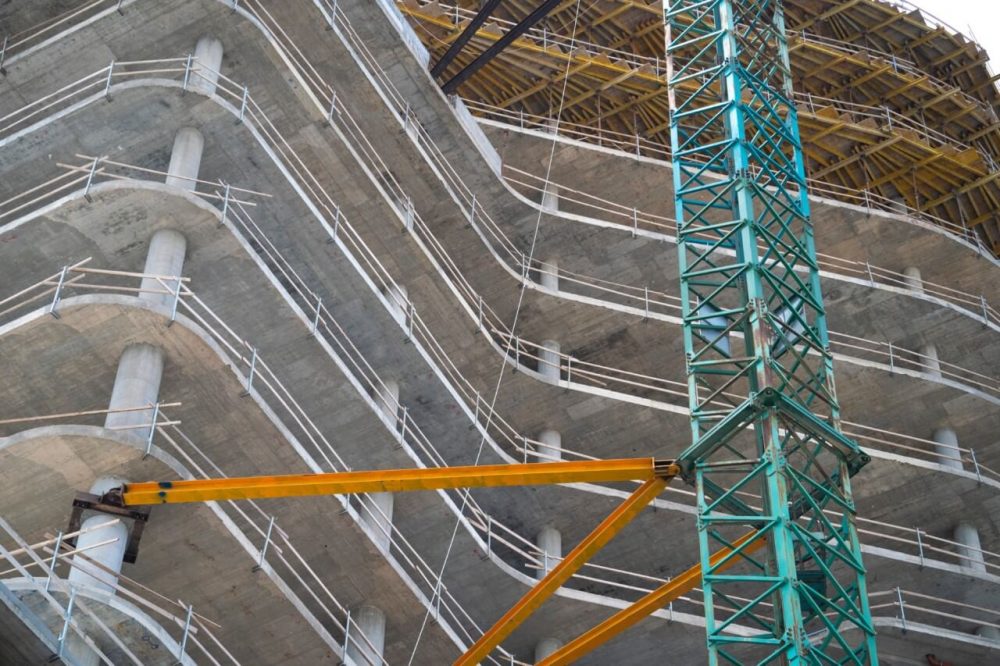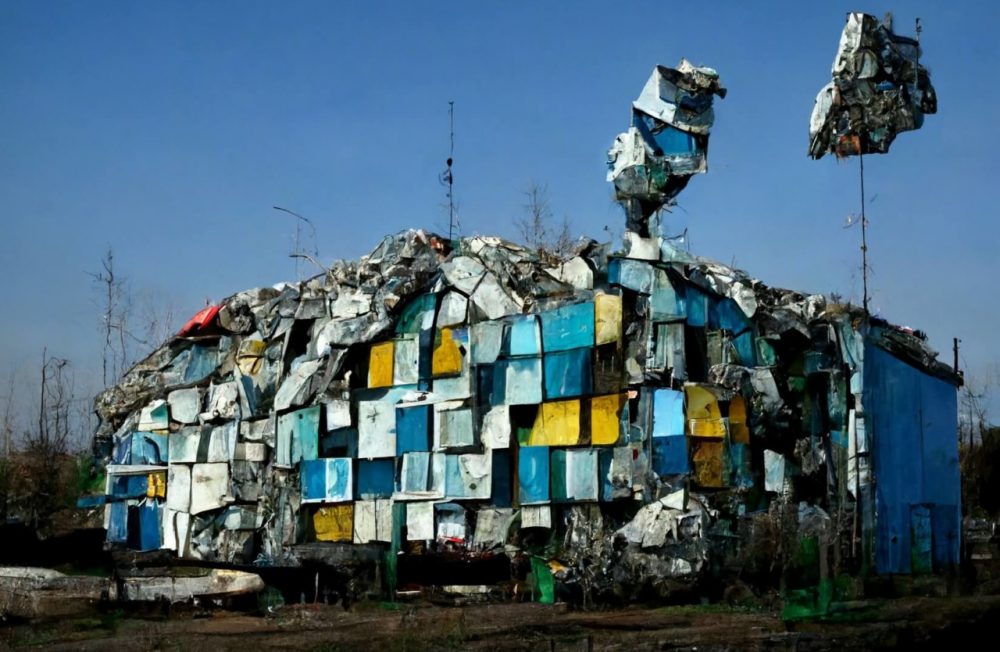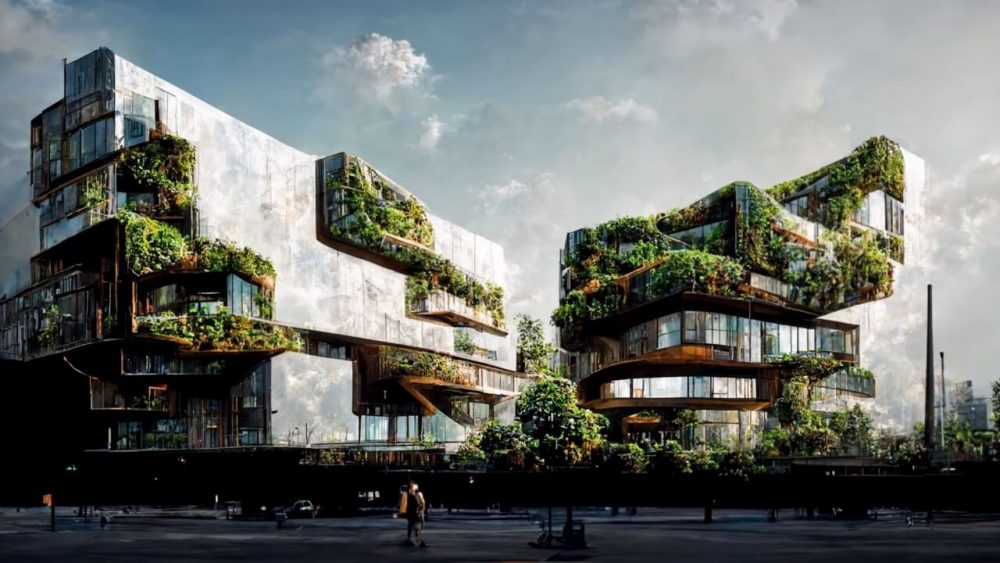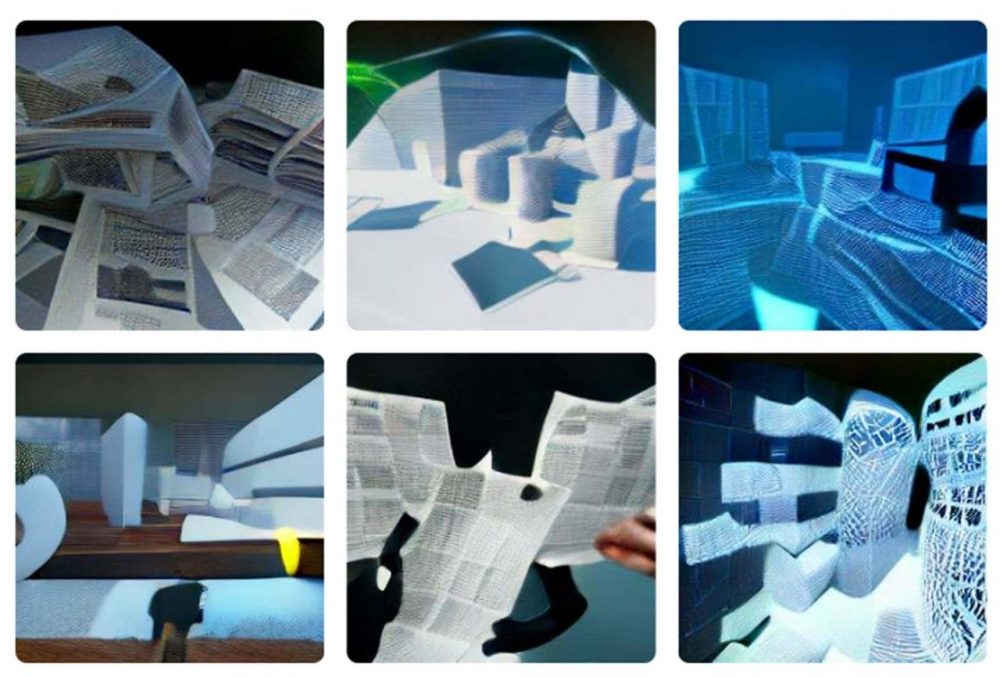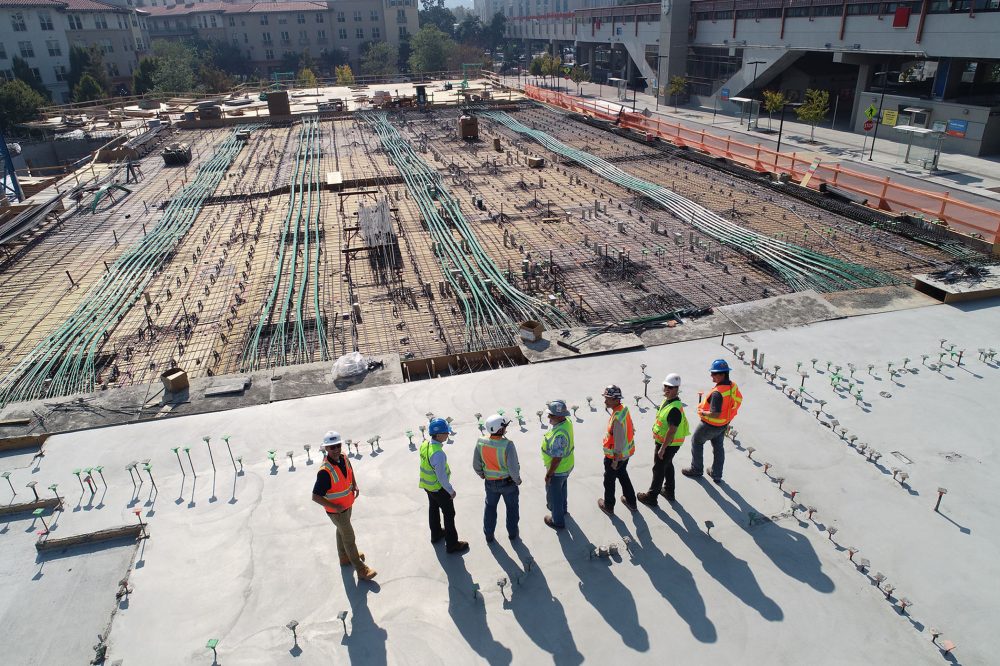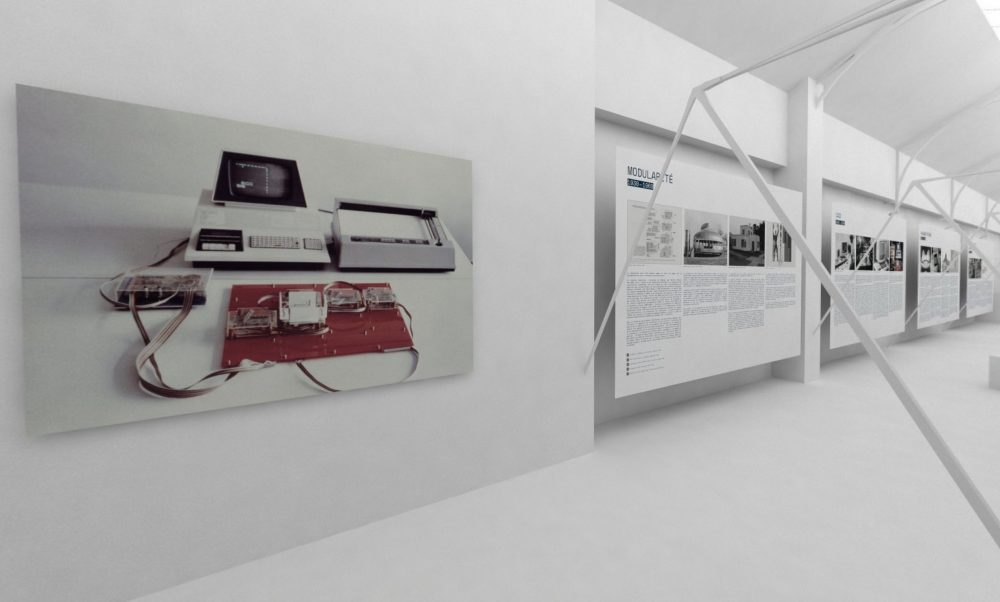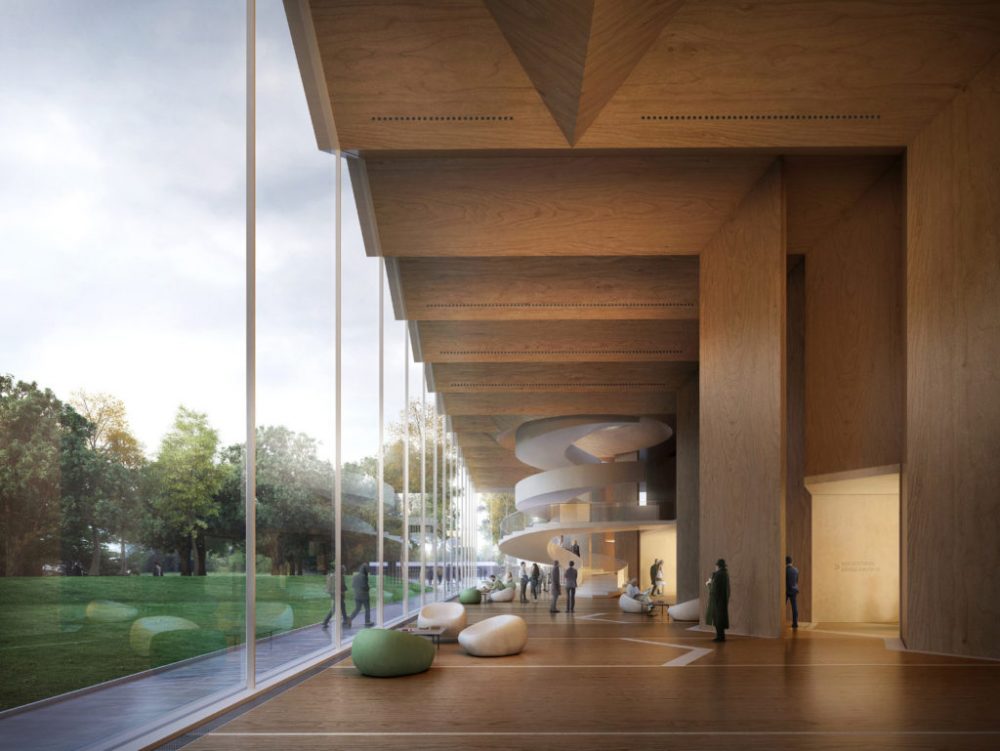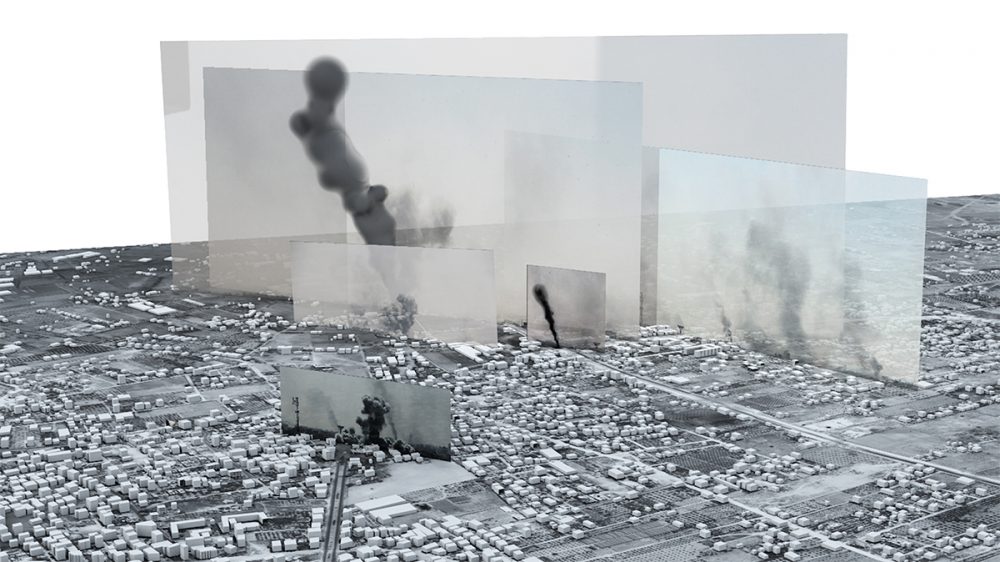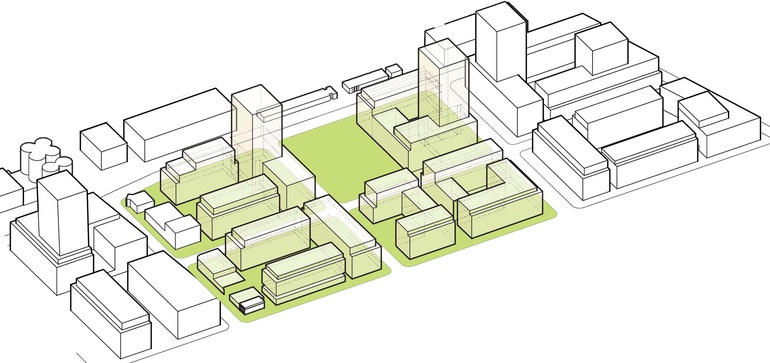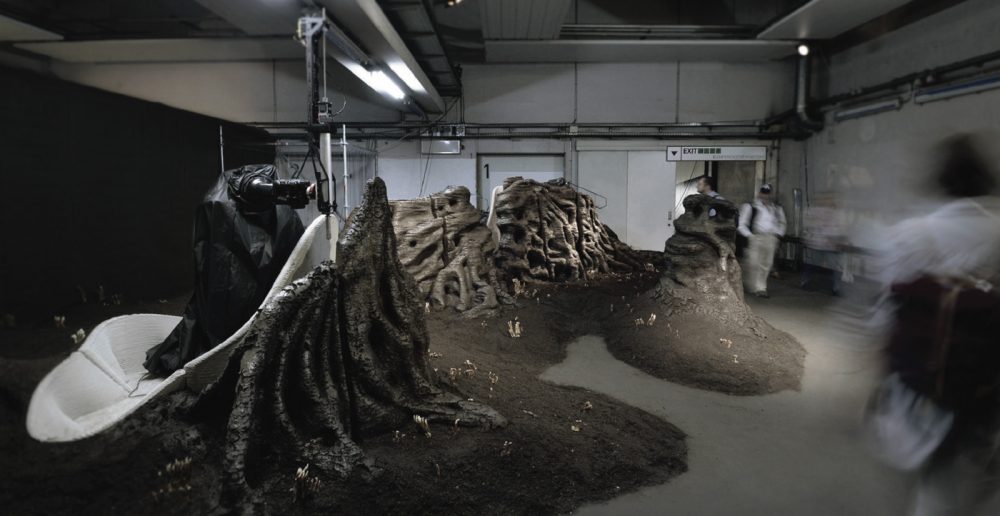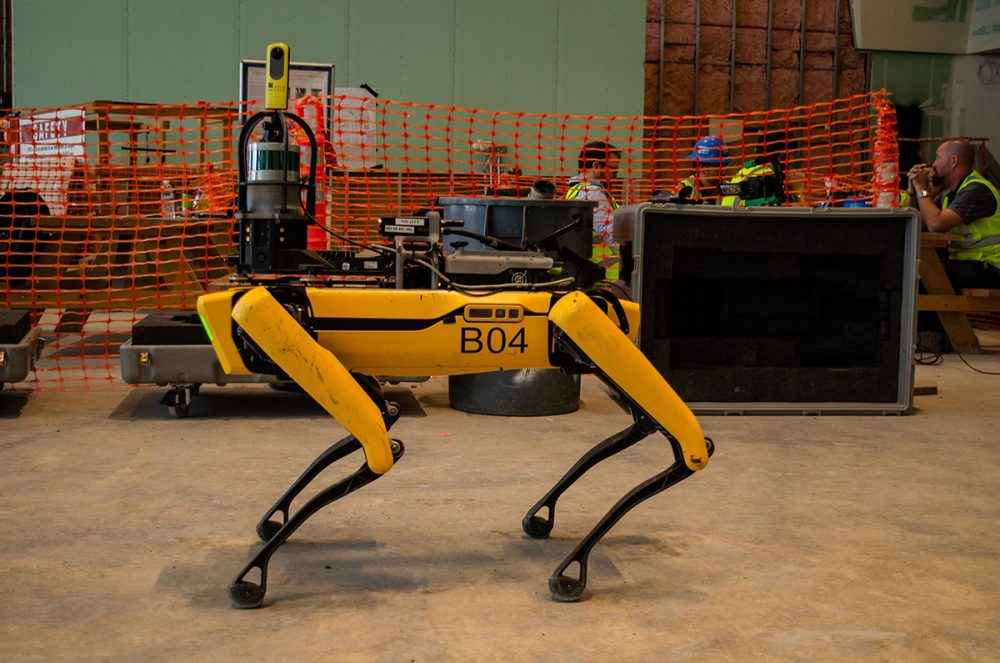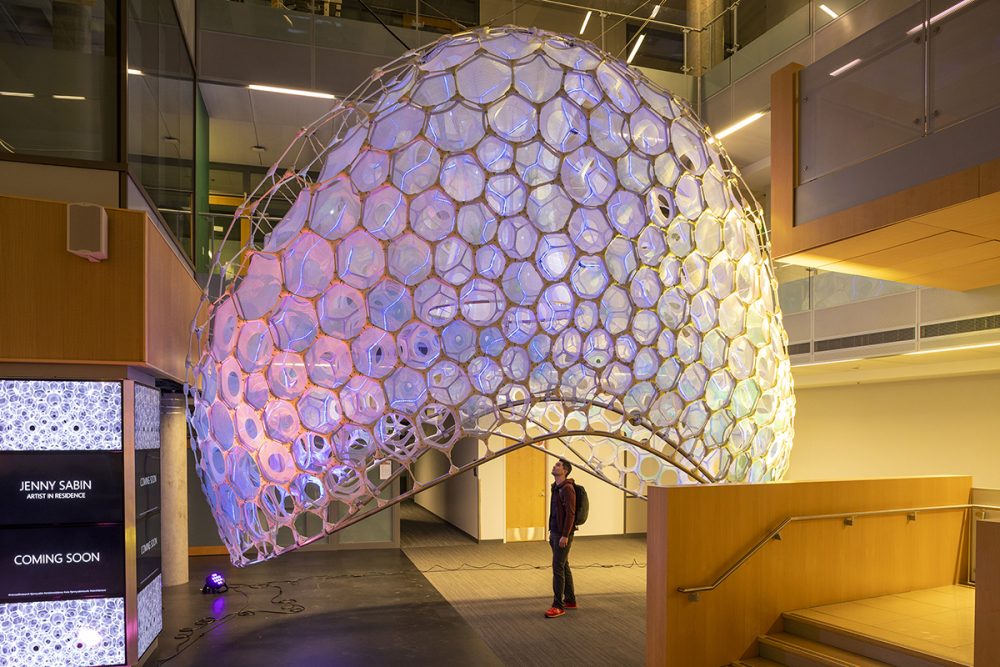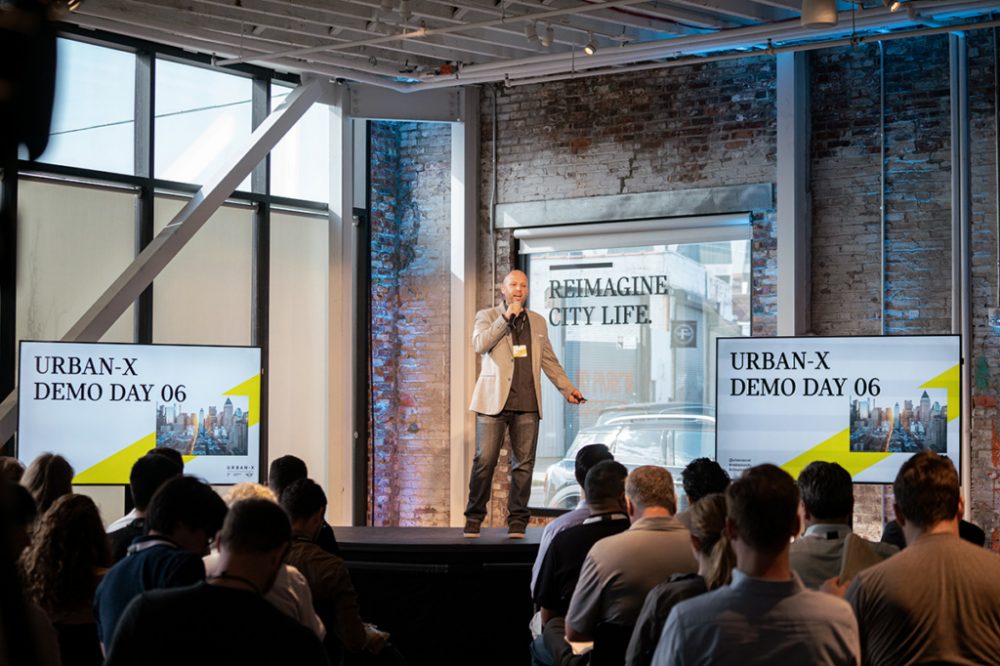Unlike the NFT craze of 2020, a fire that burnt out quite quickly, it seems like the rage centering AI’s world takeover, a similarly feared practice, has become accepted and less scary, at least for now. OpenAI, one of the largest software companies for text-to-image AI, is now readying to launch Sora, an AI program
In the midst of the Mayan Jungle in Mexico, French artist Antoine Bertin is set to develop an AI-integrated installation The Bat Cloud that serves as a bat habitat and a public listening space for exploring bat language through artificial intelligence. The installation was the winning submission to an open-call from AZULIK and interdisciplinary arts
Happy Halloween! To celebrate spooky season AN editors have asked text-to-image generator DALL·E to design Halloween-themed houses by famous architects, in true DALL·E fashion some of the results are nightmarish reproductions of recognizable architectural styles, while others are more subdued structures with an assortment of jack-o-lanterns on the front lawn and an orange glow beaming
Continue reading on The Architect’s Newspaper The post What the Bernheimer Architecture Union learned from UTOPIA and the writer’s strike appeared first on The Architect’s Newspaper.
Olivier Campagne operates a digital-image studio in Paris. Educated as an architect, he has spent decades making renderings. Recently, he began creating AI images using Midjourney and posting them on a dedicated Instagram account, @oliver_country. The images advance the architectural imagination he’s been exploring in commissions from European architects like Bruther, Baukunst, and Arrhov Frick.
/imagine: A Journey into The New Virtual MAK Exhibition Hall Vienna Continue reading on The Architect’s Newspaper The post At MAK in Vienna, <em>/imagine</em> resuscitates an early-internet optimism appeared first on The Architect’s Newspaper.
Earlier this summer a new entertainment venue slash billboard opened on the Las Vegas Strip dubbed the Exosphere. The Populous-designed piece is the “largest LED screen on earth.” Since it opened, Exosphere has projected an unnervingly realistic, blinking eyeball; basketball-themed graphics; and a fireworks show across its surface. Continue reading on The Architect’s Newspaper The
Shape to Fabrication Simply Rhino University of Westminster April 26–27 Continue reading on The Architect’s Newspaper The post <em>Shape to Fabrication</em> offered attendees a sense of what’s next for architectural software—and a glimpse of Rhino 8 appeared first on The Architect’s Newspaper.
A new degree program at the University of Pennsylvania Stuart Weitzman School of Design is already beginning to bear fruit in the world. Deep Relief, a large-scale sculptural wall installation, was recently completed by students in the school’s Master of Science in Design: Robotic and Autonomous Systems (MSD-RAS) program. It is installed in the atrium
The updated version of ChatGPT, released last month, has launched a thousand thinkpieces about how artificial intelligence (AI) should be used. This chat bot, powered by OpenAI, responds to questions via text with conversational answers. It has been trained using the internet, and though it doesn’t answer questions using hate speech, it has internalized the
It’s easy to leave a week jam-packed with cutting-edge research feeling optimistic about the various futures that the architectural discipline holds before us. But maybe that optimism has less to do with the power of any one standout or breakthrough (though there were many) and more about what it means to come together—in person, finally!—to
Concrete.ai, a Los Angeles–based data science startup describing itself as being “on a mission to avoid 500 million tons of carbon dioxide entering the atmosphere annually,” announced last week the beta launch of a new software platform developed to reduce the cost and embodied carbon intensity in concrete construction. As detailed by the company, the
This summer text-to-image Artificial Intelligence (AI) softwares DALL∙E and Midjourney rose in popularity among architects, artists, and designers. With just a few descriptive keywords and phrases the models are able to collage together a visual representation of the input text using its memory database of visuals. While the results are sometimes memeable, the engineers are
A river so polluted it becomes cleansed—we are swimming amid trash. A land undisturbed by rainbows of gasoline—we are surrounded by toxic beauty ablaze. This summer, I have been using Midjourney to make buildings that appear just out of the realm of possibility and just out of the realm of the present. The results are
This summer, text-to-image AIs have captured the imagination of architects. The software is a powerful tool, but one that should be integrated into ongoing discussions of architectural image making, technology, representation, bias, education, and labor. AN gathered Kory Bieg, Shelby Doyle, and Andrew Kudless to discuss these issues. The Architect’s Newspaper: To start, could you
There is a new craze in town. Recently, designers have been typing prompts into a diffusion-based artificial intelligence (AI) platform and waiting for images of never-before-seen buildings, logos, products, and more to materialize within seconds. Platforms like Midjourney are built on data sets of billions of existing images scraped from the web. In this vast
Social media is abuzz with screengrabs from Dall•E mini, an online platform from Hugging Face that uses Artificial Intelligence (AI) to collage together images based on keywords and phrases input by its users. The developer behind the project is Boris Dayma, who has programmed and trained the model to peruse millions of online images and
With most Americans complying with nationwide stay-at-home orders enacted to reduce the spread of the novel coronavirus, a handful of states have nonetheless permitted construction sites to continue operations on “essential” projects. Site safety inspectors have therefore been left with the difficult task of ensuring that the workers they oversee are practicing all safety protocols
The Pavillon de L’Arsenal (Arsenal Pavilion), an exhibition space dedicated to architecture and urbanism in the 4th arrondissement of Paris, is currently closed to the public to reduce the spread of the novel coronavirus. One of its current main exhibitions, however, seems to have been born for the internet in anticipation of the pandemic. Artificial Intelligence
Every so often, the field of architecture is presented with what is hailed as the next “miracle building material.” Concrete enabled the expansion of the Roman Empire, steel densified cities to previously unthinkable heights, and plastic reconstituted the architectural interior and the building economy along with it. But it would be reasonable to question why
On February 6, The TECH+ Expo transformed the second floor of Los Angeles’s Line Hotel into a showcase of the latest innovations in architectural technology. But rather than exhibiting 3D printers, robot arms, and brick-laying drones, the conference highlighted products designed to streamline design research, project delivery, and the architect-to-client relationship. Chief executive officer of BQE Software, Steven Burns, provided
Forensic Architecture has garnered a significant reputation within the field of architecture (they had a major showing at the most recent Chicago Architecture Biennial) and beyond for their work reconstructing violent events perpetrated by state actors and others using architectural tools and emerging technologies. The collective’s work has been displayed everywhere from the courthouse to
Doctor Upali Nanda is reimagining the role of the architect. Where design today is often top-down and architects move on to new projects before doors of the project open, Nanda believes the role of architecture is to create living systems that respond to inhabitants’ changing needs, and architects have to stay involved during occupancy to
Without a suspicious eye or an advanced degree in software engineering, it can be nearly impossible to keep abreast of the evolving role surveillance technology has had in the law enforcement of the built environment. Biometric databanks, facial recognition cameras, cell phone trackers, and other watchful devices have been quietly installed throughout our major cities with shockingly
Sidewalk Labs, the Alphabet subsidiary focused on urban technology, has been working on a new software tool for generating optimized city layouts. In an effort to combat the disconnect between various stakeholders in the urban planning process—architects, planners, engineers, and real estate developers—and their software, product manager Violet Whitney and designer Brian Ho have created
The presentations and activities at this year’s ACADIA (Association for Computer Aided Design in Architecture) conference gave attendees a glimpse of potentially disruptive technologies and workflows for computational architectural production. The conference was held this year in Austin from October 12 through 14 and was organized by The University of Texas School of Architecture faculty members Kory Bieg, Danelle Briscoe, and
Reality capture has revolutionized construction by increasing job site efficiency and safety and allowing for quick responses to design and building challenges. However, save for the use of drones, often operated by humans, on-the-ground monitoring has required the relatively traditional (and labor-intensive) task of walking around and taking photos and collecting data to feed into
At Microsoft’s Redmond, Washington, campus, architect Jenny Sabin has helped realize a large-scale installation powered by artificial intelligence. Suspended from three points within an atrium, the two-story, 1,800-pound sculpture is a compressive mesh of 895 3D-printed nodes connected by fiberglass rods and arranged in hexagons along with fabric knit from photoluminescent yarn. Created as part
This past Thursday, URBAN-X hosted its sixth demo day in Brooklyn at A/D/O, where startups that were showing what Micah Kotch, the startup accelerator’s managing director, called “novel solutions to urban life.” URBAN-X, which is organized by MINI, A/D/O’s founder, in partnership with the venture firm Urban Us, began incubating urban-focused startups back in 2016.

